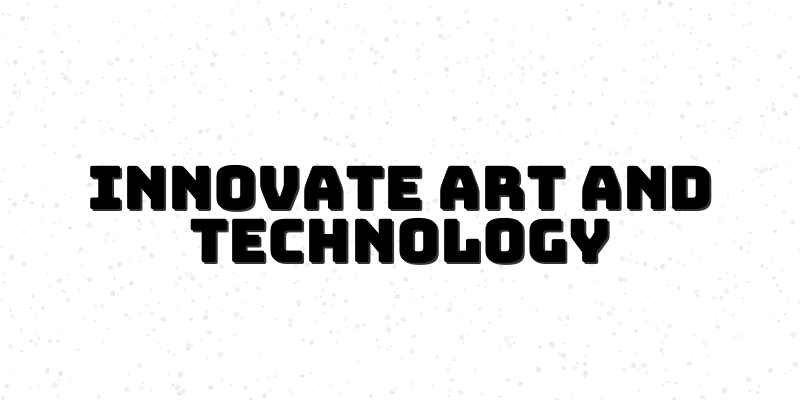Unlocking the Secrets of High-Fidelity Character Modeling
In the ever-evolving world of digital arts, mastering high-fidelity character modeling stands as a testament to an artist's skill and creativity. This article aims to uncover the intricacies of high-fidelity character modeling, offering insights, techniques, and practical tips to help intermediate 3D artists elevate their craft and prepare for more advanced challenges in the realms of game design and animation.
Understanding High-Fidelity Character Modeling
High-fidelity character modeling is a meticulous process that combines artistry with technical prowess. It involves creating lifelike characters with a high level of detail, making them suitable for cinematic animation and video games. Understanding the principles behind character design, such as anatomy, motion, and emotion, is crucial to creating models that resonate with audiences. High-fidelity character models typically include realism that extends beyond mere surface texture to incorporate accurate body proportions, dynamic poses, and expressive facial features. These attributes help bring characters to life, making them believable within their narratives.
In essence, high-fidelity modeling requires not just knowledge of 3D software but also a profound understanding of artistic elements. This includes composition, color theory, and the psychology of shapes and forms. By harnessing these skills in combination, you can create characters that feel authentic and engaging, whether they're part of a narrative-driven video game or a short animated film.
Essential Techniques in Character Modeling
To achieve a high level of realism, various essential techniques must be mastered. Key techniques include:
- High-Resolution Sculpting: This involves creating detailed meshes that replicate the intricate details of human or creature anatomy. Tools like ZBrush allow artists to sculpt fine lines, wrinkles, and texture that breathe life into characters.
- Texturing Mastery: Using advanced texturing tools such as Substance Painter, artists can create highly detailed textures that mimic real-world surfaces. Understanding UV mapping and painting techniques is crucial for achieving a realistic appearance. This allows for complex surface features such as skin, cloth, and metallic surfaces to appear visually coherent.
- Rigging Frameworks: Rigging is a vital step that involves setting up a skeleton beneath the skin of the character model. This skeleton allows animators to manipulate poses and create lifelike movements. Understanding the principles of weight distribution and natural motion is essential to making characters believable.
Focus on Expression and Emotion
One of the most significant aspects of character modeling is the portrayal of emotion through facial expressions and body language. High-fidelity character models often incorporate blend shapes that allow for various facial movements. These movements can convey a range of emotions, from joy to fear, making characters more relatable. Effective expression modeling involves:
- Facial Rigging: Learning techniques to create rigs that allow your character to emote effectively. This process often involves the use of facial bones and morph targets.
- Study of Anatomy: Familiarizing yourself with human anatomy to accurately depict how facial features move. This includes understanding muscle movements and facial structure.
By mastering the art of expression, your characters can forge a deeper connection with the audience, enhancing storytelling within your creative projects.
Practical Applications and Projects
Theoretical knowledge is valuable, but practical application is where the real learning occurs. Engaging in projects is crucial to honing your skills in high-fidelity character modeling. Consider undertaking the following projects:
- Character Creation Project: Start by developing a character from scratch based on a unique concept. This project will allow you to explore the entire process—from initial sketches to the final render.
- Collaborative Animation: Work with animators to see how your modeled character performs under animation. This collaboration can provide valuable feedback and guide adjustments in your modeling approach.
These projects not only enhance your skill set but also contribute to building a portfolio that stands out in the competitive fields of gaming and animation.
Continuous Learning and Future Trends
The realm of high-fidelity character modeling is continuously evolving. Staying updated with the latest trends, tools, and techniques is vital for ongoing success. Here are some strategies for continuous learning:
- Online Courses and Tutorials: Consider participating in online classes focused on advanced techniques in sculpting, texturing, and rigging.
- Networking with Other Artists: Join online communities where you can share your work, gather feedback, and learn from others in the field. Collaborating can lead to new insights and creative growth.
As technology evolves, new tools like AI-driven modeling and enhanced rendering engines are being developed. Familiarizing yourself with these innovations will keep you relevant and adaptable in this fast-paced field.






